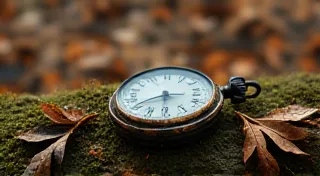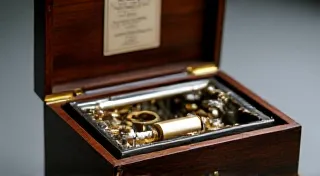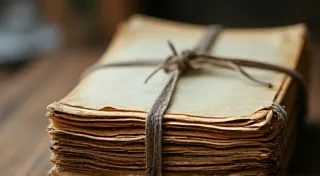Resonance of Ivory: The Lost Luxury of Bone Game Pieces
The satisfying click of a bone checker on wood, the cool, smooth weight of a bone domino in your palm – these are sensations largely lost to the modern collector. Today's board games often boast glossy plastic pieces, mass-produced and uniform. But to truly appreciate the artistry and historical weight of vintage board games, one must delve into the world of bone game pieces, a realm of forgotten luxury and, increasingly, complex ethical considerations.
My own fascination began, as so many passions do, with a seemingly insignificant find. While browsing an antique shop, tucked away in a dusty corner, I noticed a small box filled with intricately carved bone checkers. They weren’t pristine. Years of handling had worn the edges, and the dark patina of age clung to the surface. Yet, the craftsmanship was undeniable. Each checker was meticulously hand-carved, the subtle variations in shape and size a testament to the artisan’s skill. That moment, holding those checkers, I felt a connection to a past where such objects were commonplace, valued not just for their function, but for their beauty and the skill that brought them into being.
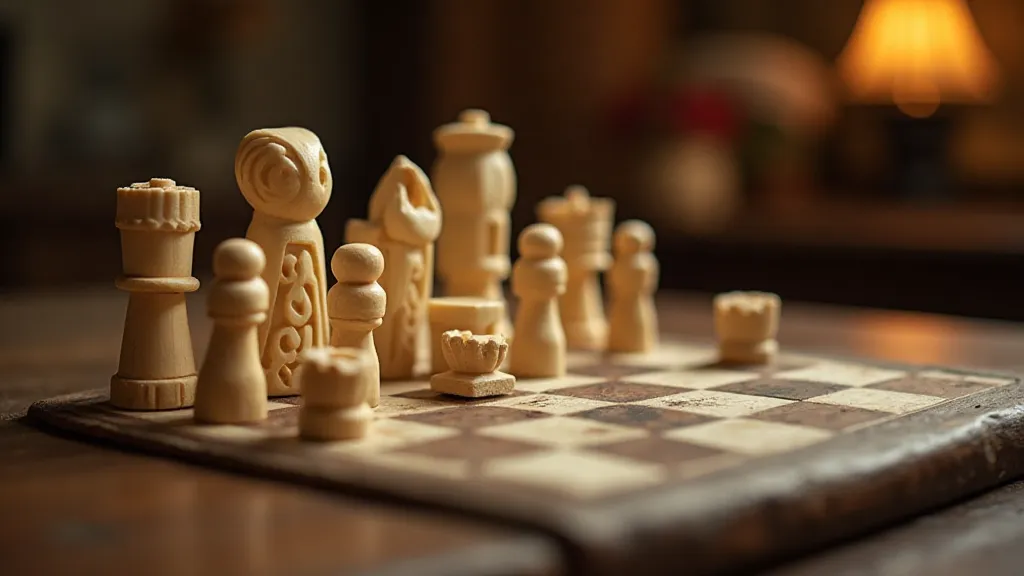
A History Etched in Bone
The use of bone in games stretches back millennia. Before wood became readily available, bone – easily accessible from hunted animals – served as the primary material for dice, tokens, and game pieces. Ancient Egyptian Senet boards often featured bone pieces, meticulously shaped to represent deities and spiritual concepts. Roman games, too, relied heavily on bone. The Romans valued the practicality and readily available nature of animal remains. These weren't merely utilitarian objects; they were often decorated, reflecting the Roman appreciation for craftsmanship and aesthetics.
During the medieval and Renaissance periods, as woodworking techniques advanced, bone continued to be a favored material, especially for more luxurious games intended for the wealthy. Think of chess sets, backgammon boards, and elaborate dice games. The wealthy displayed their status through the quality and rarity of the materials they used, and bone – particularly ivory from elephants and walruses – held a significant place in this display. The intricate carving possible with bone, combined with its inherent beauty, made it ideal for creating detailed and elegant game pieces. Each piece told a story, reflecting the period's artistry and craftsmanship.
The 18th and 19th centuries saw bone game pieces reach their peak in popularity. Skilled artisans crafted breathtaking sets, often incorporating elaborate designs and personalized motifs. Families treasured these sets, passing them down through generations, each game representing a shared history and tradition. Finding a complete, original bone game set from this era is exceedingly rare today; most are found in fragmented form, individual pieces scattered amongst other antique finds. This scarcity contributes significantly to their value.
The Craftsmanship: More Than Meets the Eye
Examining a vintage bone game piece closely reveals a level of skill often missing in modern manufacturing. The artisan didn’s simply carve a shape; they considered the balance, the feel in the hand, the aesthetic appeal. The grain of the bone itself would influence the design, each piece unique despite being created by the same hand. Look for evidence of the carving process - faint tool marks, subtle imperfections – these are not flaws but hallmarks of the human touch.
The type of bone used also varied. Cattle bone was common, being widely available, but the look and feel differed from, say, walrus tusk or elephant ivory. Elephant ivory, prized for its smooth texture and ability to hold intricate detail, commanded the highest price. Walrus tusk, also highly sought after, possesses a distinctive grain and slightly translucent quality. Identifying the type of bone often requires expert knowledge.
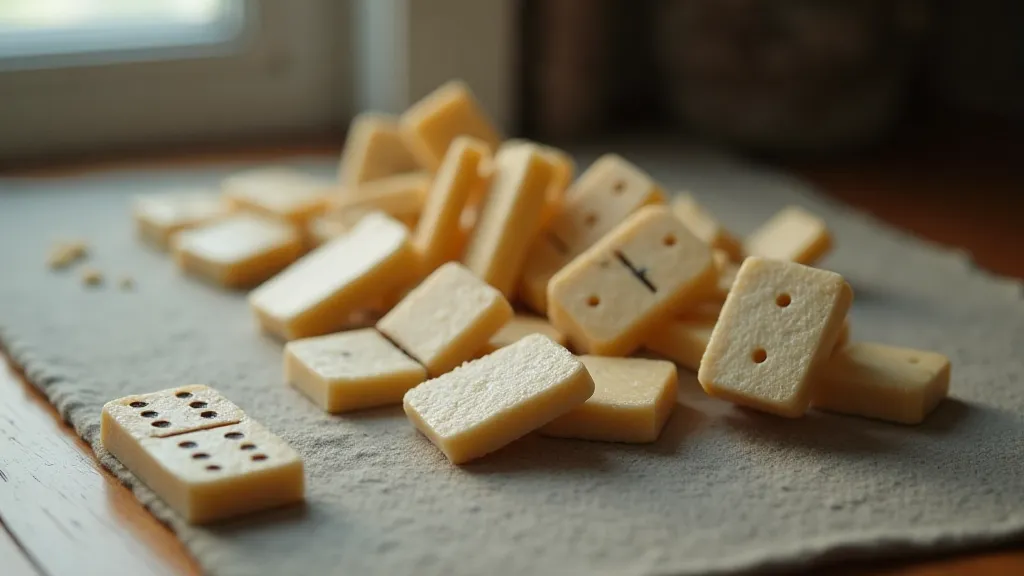
Value and Rarity in the Collector’s Eye
The value of vintage bone game pieces is multifaceted. Complete sets from the 18th and 19th centuries are incredibly rare and can fetch significant prices at auction. Individual pieces, particularly those of exceptional quality or from well-known makers, also hold value. The type of bone is a critical factor: ivory pieces are generally more valuable than cattle bone. Condition plays a vital role; while age is desirable, excessive damage or wear will diminish value. Provenance – the history of ownership – can also add to the desirability and value of a piece.
The emergence of dedicated online forums and auction platforms has significantly impacted the vintage board game collecting community. Collectors can now easily connect with each other, share knowledge, and track market trends. This increased visibility has, in turn, driven up the prices of desirable items.
The Ethical Considerations: A Shadow of Doubt
The beauty and historical significance of vintage bone game pieces are undeniable, but the ethical implications of collecting items made from animal products cannot be ignored. The use of elephant ivory, in particular, raises serious concerns about poaching and the conservation of endangered species. While antique ivory is generally legal to own and sell, the trade can inadvertently fuel demand and encourage illegal activity.
Many collectors are now choosing to focus on games made from alternative materials, such as cattle bone or sustainably sourced woods. Others are actively supporting organizations dedicated to combating poaching and promoting ethical sourcing practices. The responsibility lies with collectors to be informed and make conscious choices that align with their values.
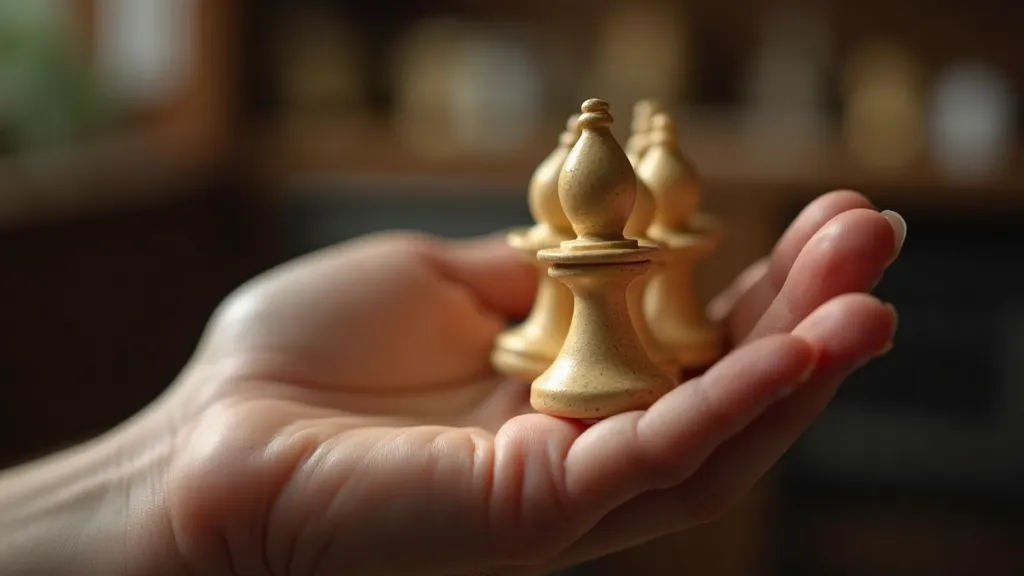
Preserving a Legacy
Collecting vintage board games is more than just acquiring objects; it’s preserving a piece of history, a tangible link to a bygone era. The resonance of ivory, the click of bone on wood – these sensory experiences connect us to the artisans who created these treasures and the families who cherished them. But it's also a time for careful consideration, for ensuring our collecting practices are responsible and sustainable, honoring both the beauty of the past and the needs of the future. The legacy of bone game pieces is a complex one, and it is our responsibility as collectors to navigate it with sensitivity and awareness. Finding these pieces is more than a pursuit of an antique, it’s a journey into history and a conversation about our values today.
